This was a wake-up call for Lucilla, demonstrating the talent was there, but the technical and commercial knowledge was lagging. “So I started bringing in people to train them,” Lucilla continues. “One of the first was a woman named Marie, a French aeronautical engineer who later studied fashion. She came to South Africa and spent ten days training 15 designers—and I invited fashion lecturers too, because they also needed that knowledge. It was transformative.”
One of South African fashion’s biggest challenges in its early days was fabrication. Lucilla recalls, “Designers would go to places like Oriental Plaza in Johannesburg or similar outlets in Cape Town, buying fabrics imported from who knows where—China, India—there was no consistency. They’d take orders and then realise they couldn’t deliver because the fabric wasn’t repeatable. And the quality just wasn’t there. You can’t build a luxury business on that kind of instability.” While more established designers in the luxury space had access to better materials, younger, emerging designers struggled to source quality fabrics or tap into reliable supply chains. “So we pivoted. We started telling them, ‘Print your own fabrics.’ The moment you decide to create your own print, you have to tap into something deeper. You can’t just copy a Japanese motif—you have to ask yourself, ‘What is my story? What am I reflecting on?’ It forces you to connect to your culture, your design soul. It’s unavoidable.”
“That was the beginning of what has become one of our greatest strengths,” Lucilla emphasises, and “designers like Thebe Magugu, who showed with us for a few seasons, began developing their own prints. Sindiso Khumalo, who started purely as a textile designer, created this incredibly strong print language before moving into full collections. Then Rich Mnisi started printing, followed by names like Mmuso Maxwell and Lukhanyo Mdingi—each one slowly building their own aesthetic vocabulary.” Lucilla believes South African fashion’s explicit vision of self-determining fabrication shift is part of what caught the international gaze now so firmly set upon South Africa, “we even brought out VideoFashion, a global industry channel that would broadcast our collections to buyers around the world. It made the world sit up a little and say, ‘What’s happening in South Africa?’ That said, even today, the barriers are challenging. We lack access to consistent supply chains and there are weaknesses within the broader fashion value chain. Those are still the things holding designers back from selling internationally at scale.”
Perhaps Lucilla, and consequently South African Fashion Week’s greatest purpose is driving the commercial viability of fashion and its economic impact. As Lucilla puts it, “It’s incredibly difficult to turn talent into money. That, for me, is the biggest challenge.” She recognised early on that while South Africa was bursting with raw talent, transforming that into a sustainable business model was no easy feat. Still, some three decades later, this challenge remains.
Lucilla has always maintained that for South Africa to compete with global fashion capitals, the country must embrace a designer-led industry. “Everyone’s on their own little mission. Until the powers understand that we need a designer-led industry in this country, we will never reach the levels of the European, American, or even Asian markets,” she asserts. “You can only build your identity and culture through design—across all the arts.” This ethos is particularly evident in her thoughts on manufacturing and its relationship to brand value, to which she notes that “There’s this constant argument: let’s put millions behind manufacturing. But manufacturing can be done cheaper elsewhere. If it’s designer-led—say it’s a Naked Ape shirt—there’s an emotion linked to it. That changes the price. You’re not buying a shirt. You’re buying a South African emotion.” For Lucilla, the future of South African fashion lies in the ability to merge creativity with a strong business foundation, giving local talent the platform and support to thrive and ultimately: a robust, fulfilling creative economy that changes lives.
I ask Lucilla about how the platform has evolved over the years, and where she sees South African Fashion Week heading in the future, “we’ve narrowed down our platform this season. In the past, we were open to new designers using the platform. Now, we’re focusing on the designers who are making money—those who understand that we’re a marketing platform, not a sales generator. Our role is to create awareness and the designers must learn alongside us as to how to turn that into business.” By refining the scope of the platform, she believes that designers who are truly ready to approach their work as a business-led career, will benefit from the visibility South African Fashion Week provides. As she puts it, “Fashion Week is a launchpad. It’s not the end point. The designers who truly succeed understand the importance of using that exposure to push their business forward.”
I don’t have to wax lyrical about the promise of South African fashion. If you’re reading this, you invariably know it and experience it yourself. Fashion is as much a fantastical dream, as it is a nuts-and-bolts machine that demands much of those who ascend its stairs. Lucilla’s view, grounded in realism, is clarified by her deep commitment to South African fashion. The future is something she believes in, but it’s one that requires both creativity and discipline. When I ask Lucilla what makes South Africa so compelling to her, bias aside, she responds, “One thing that makes us unique in South Africa is our diversity—culturally, aesthetically, creatively. We’ve always had a strong educational base, and we are all learning together. We’re connected to over 24 fashion schools across the country. There’s this incredible loyalty from families too, that I’ve seen. If a child wants to study fashion, they can get full support. That’s powerful.”
This is the foundation upon which the future of South African fashion is being built—an industry that is rooted in diversity and a commitment to learning and growth.
The future of fashion in South Africa? Support, education, and the unity of vision.
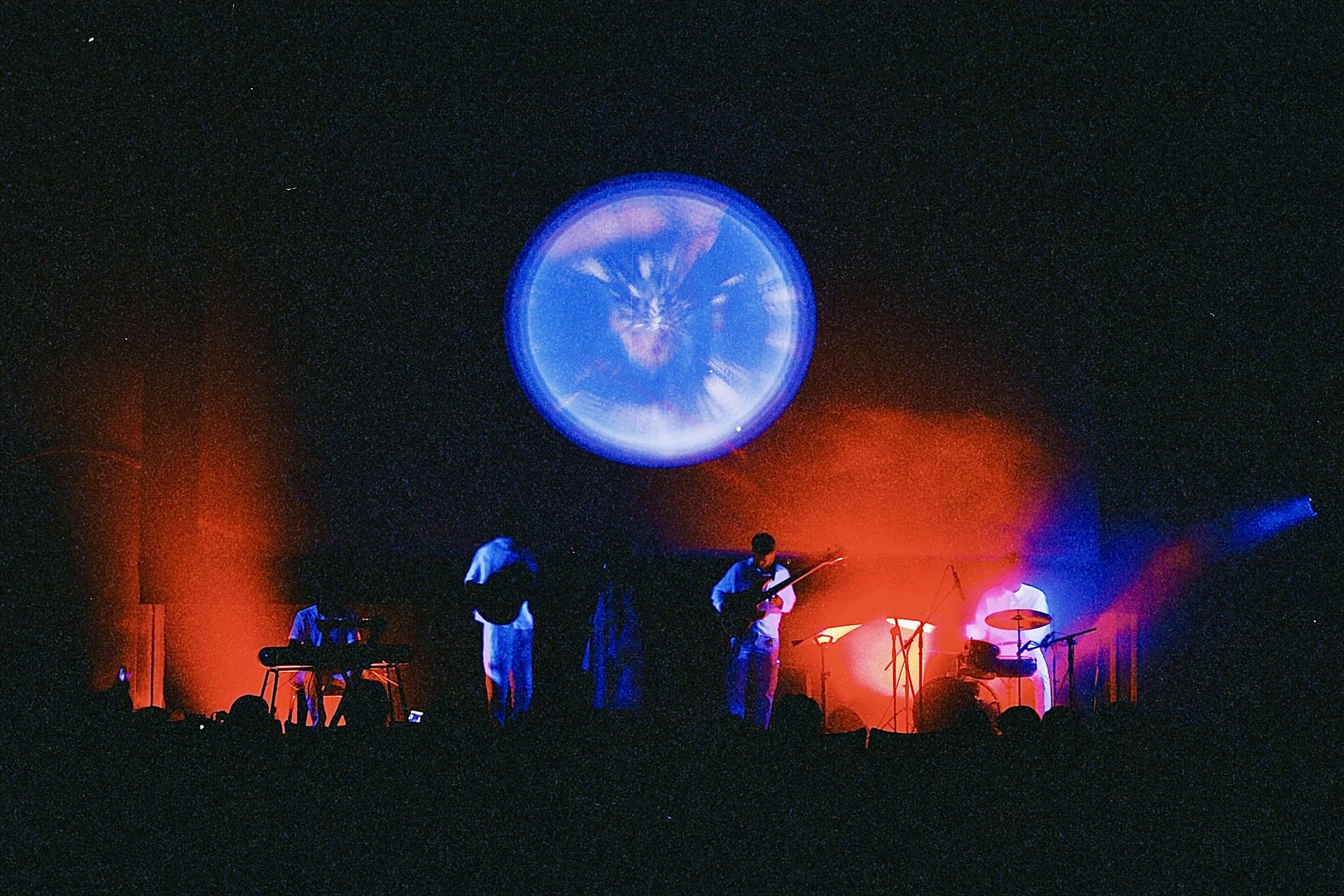

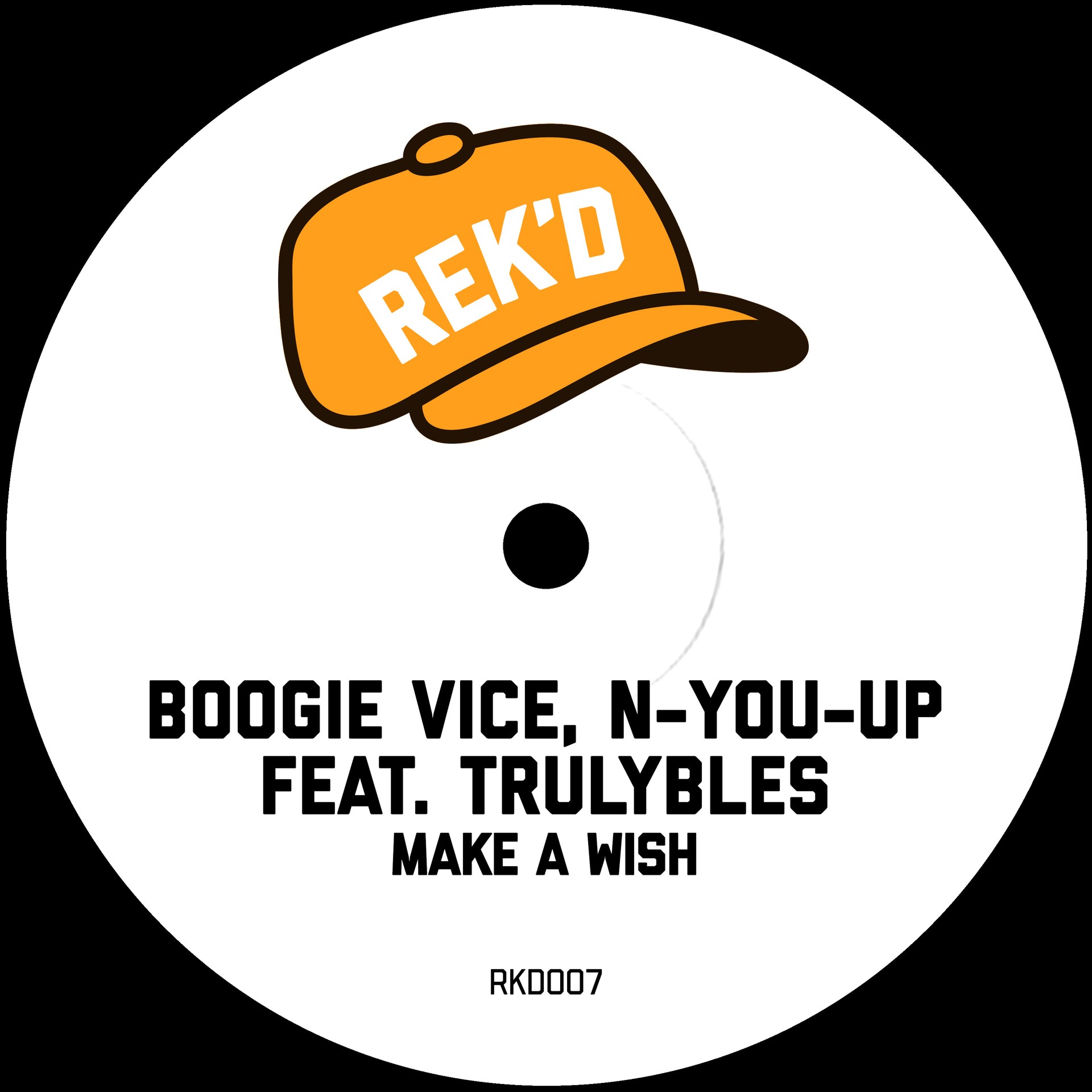
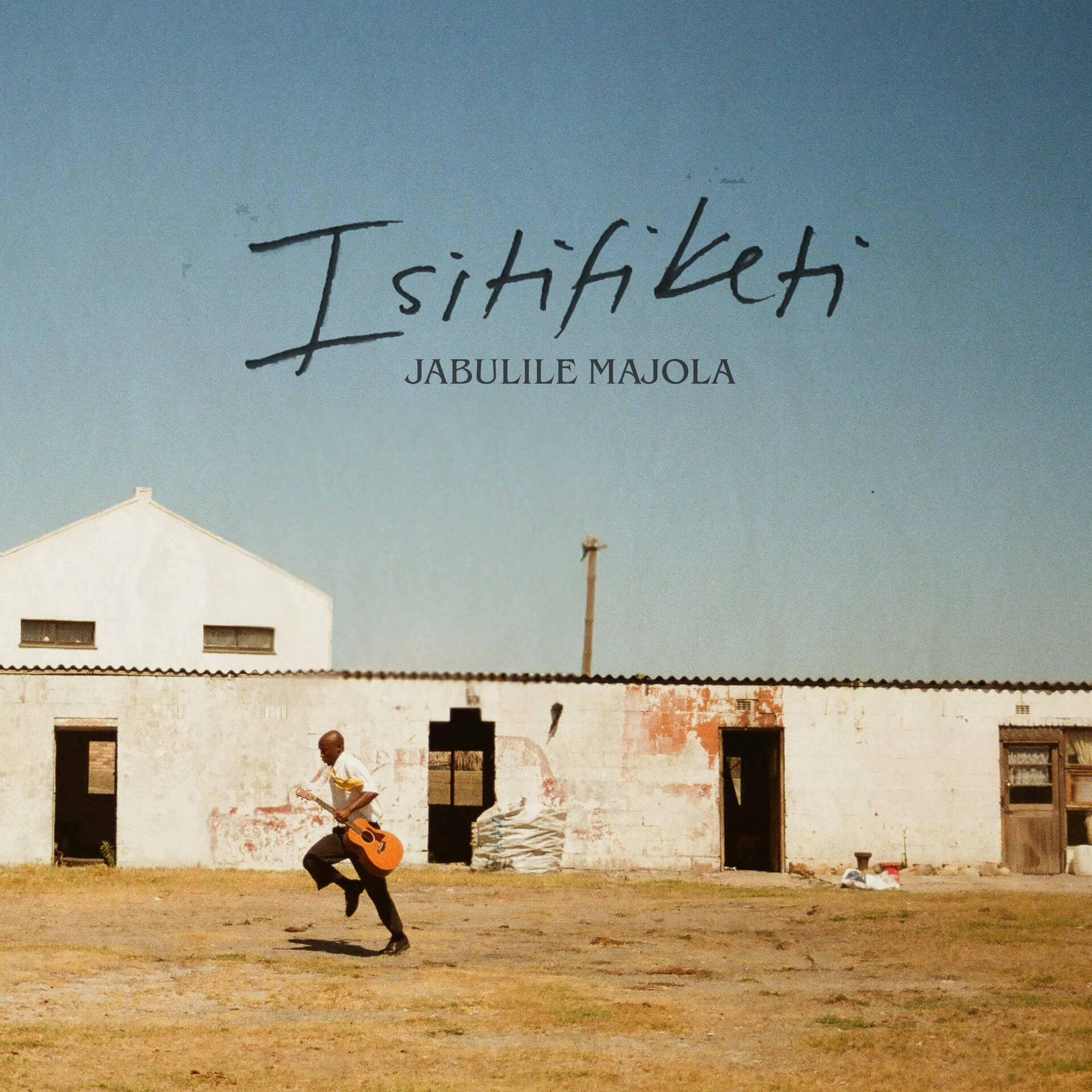

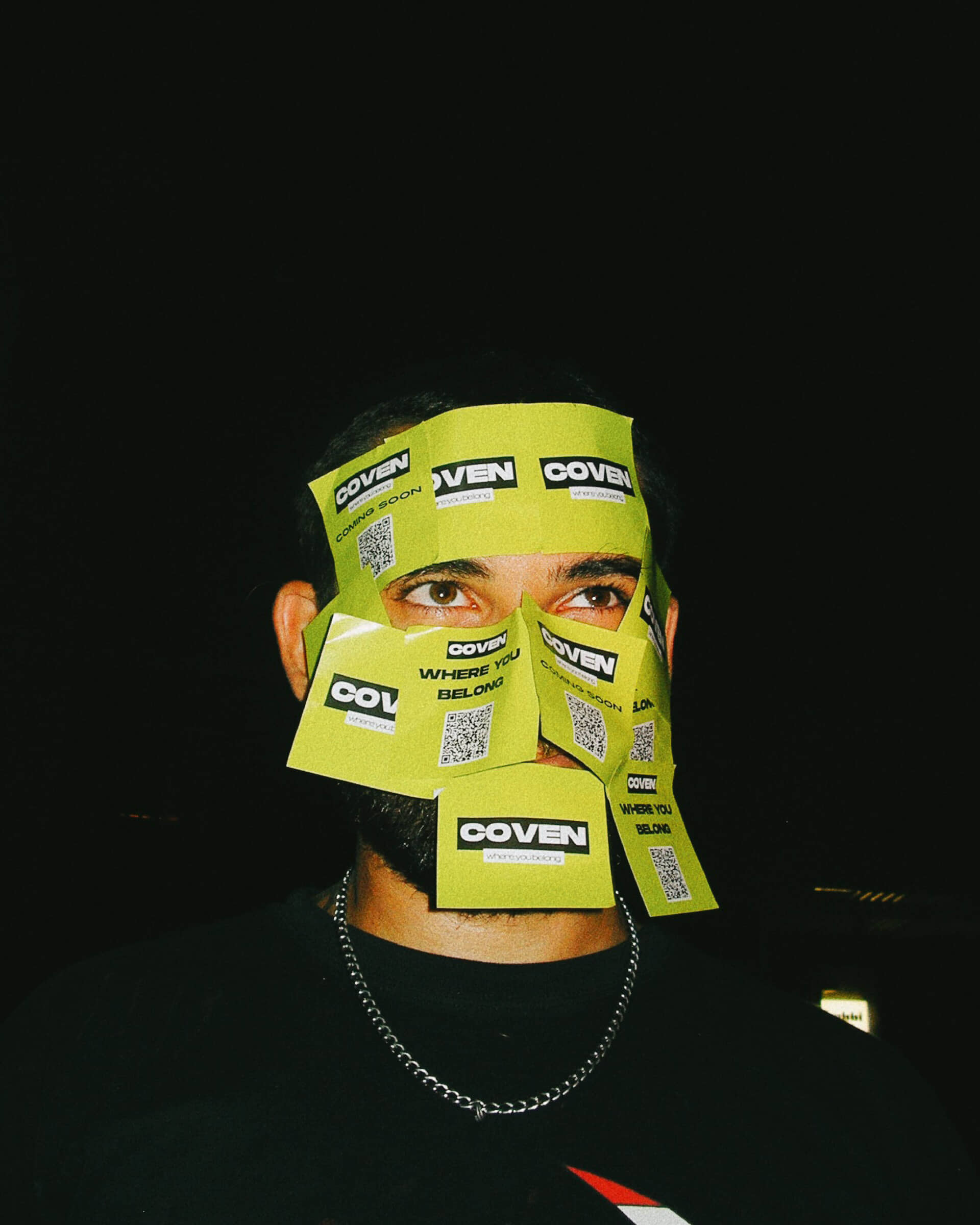
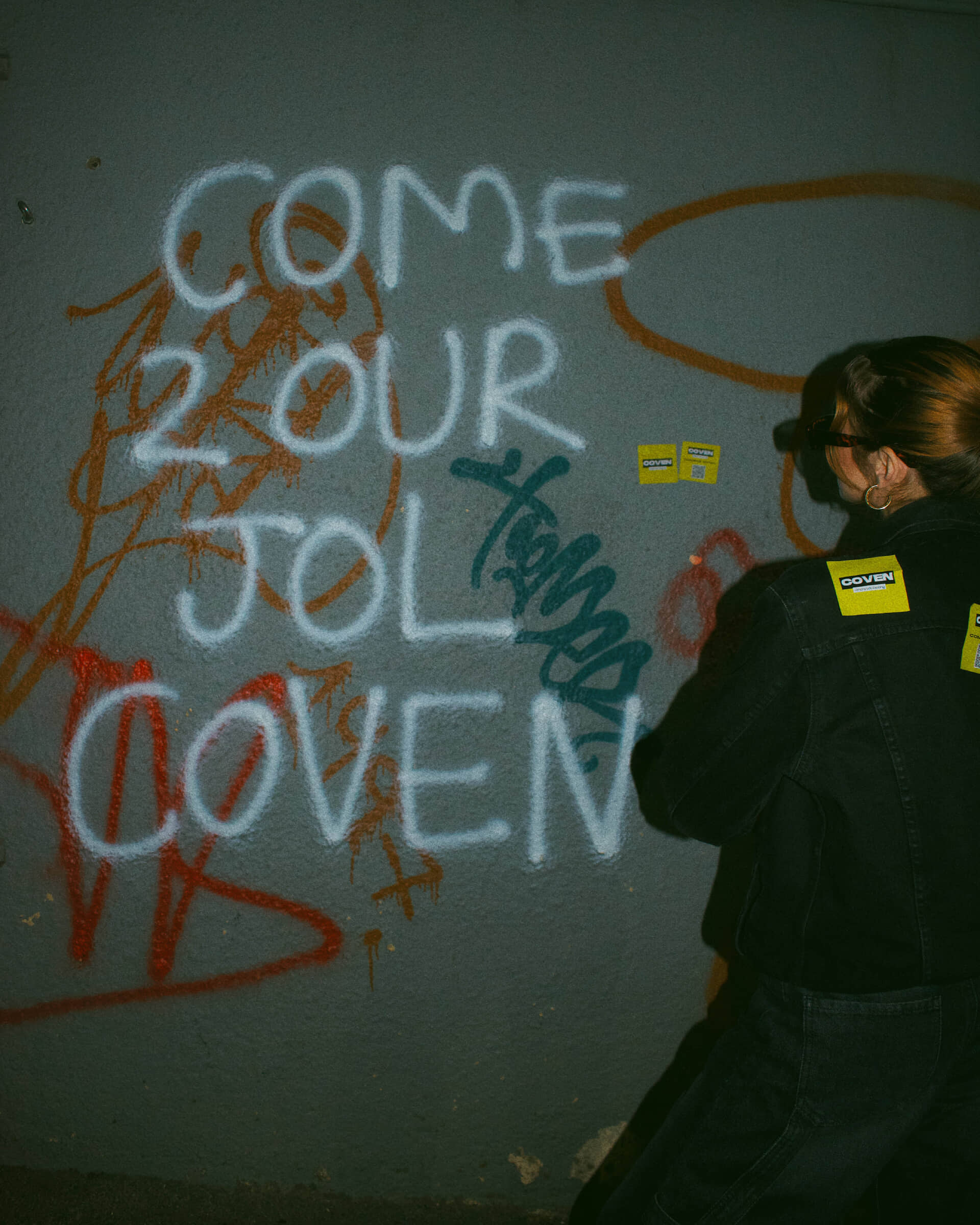
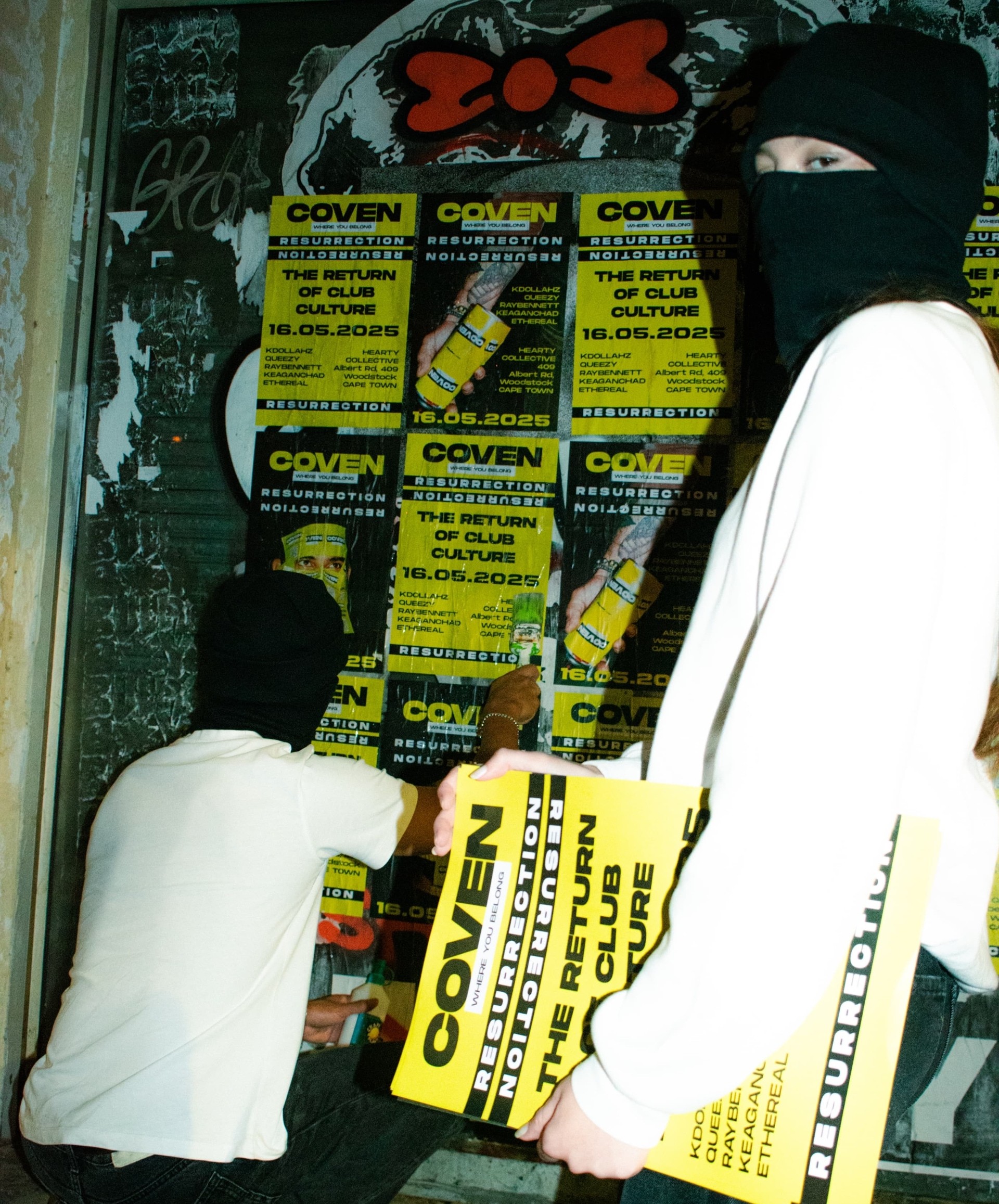
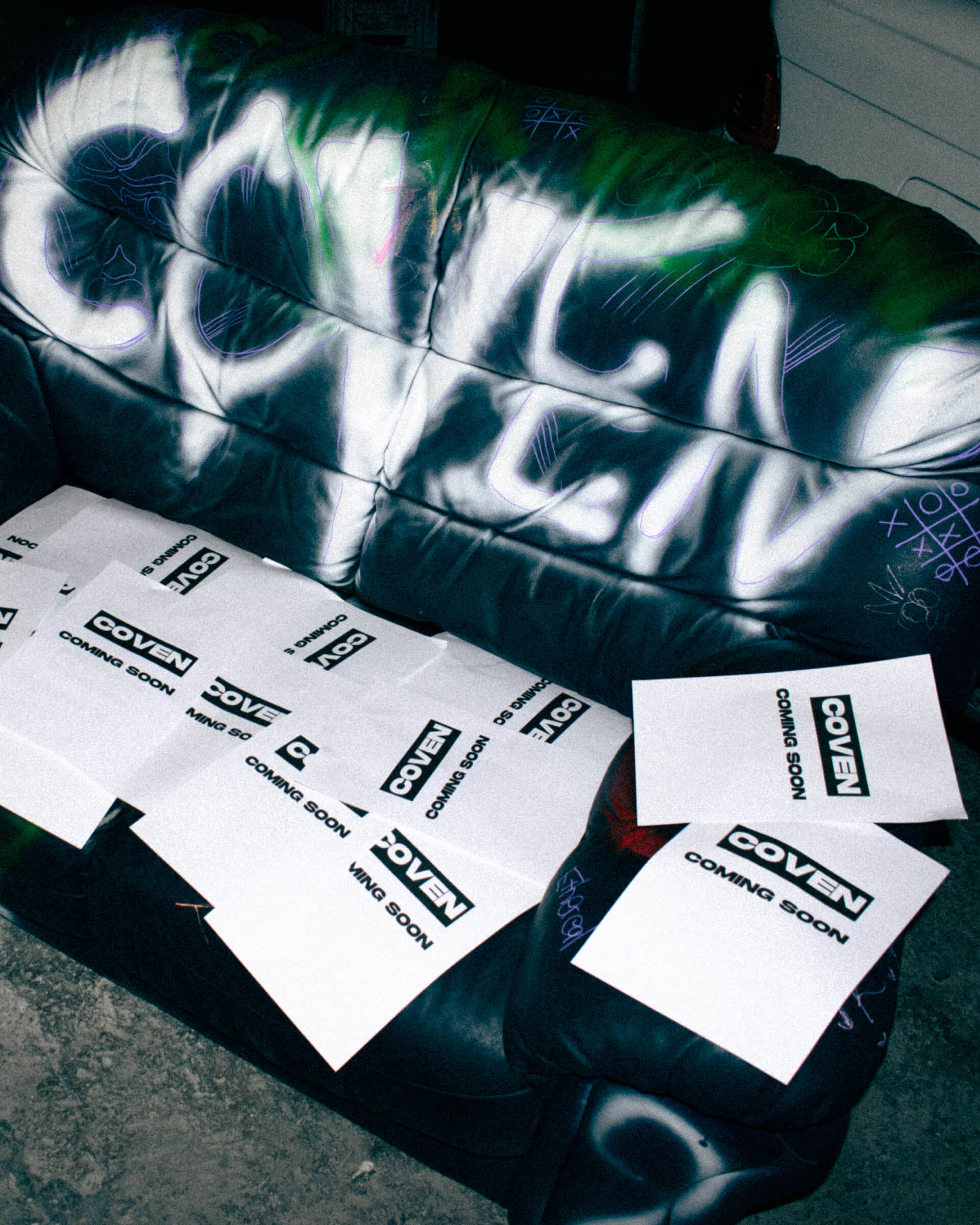
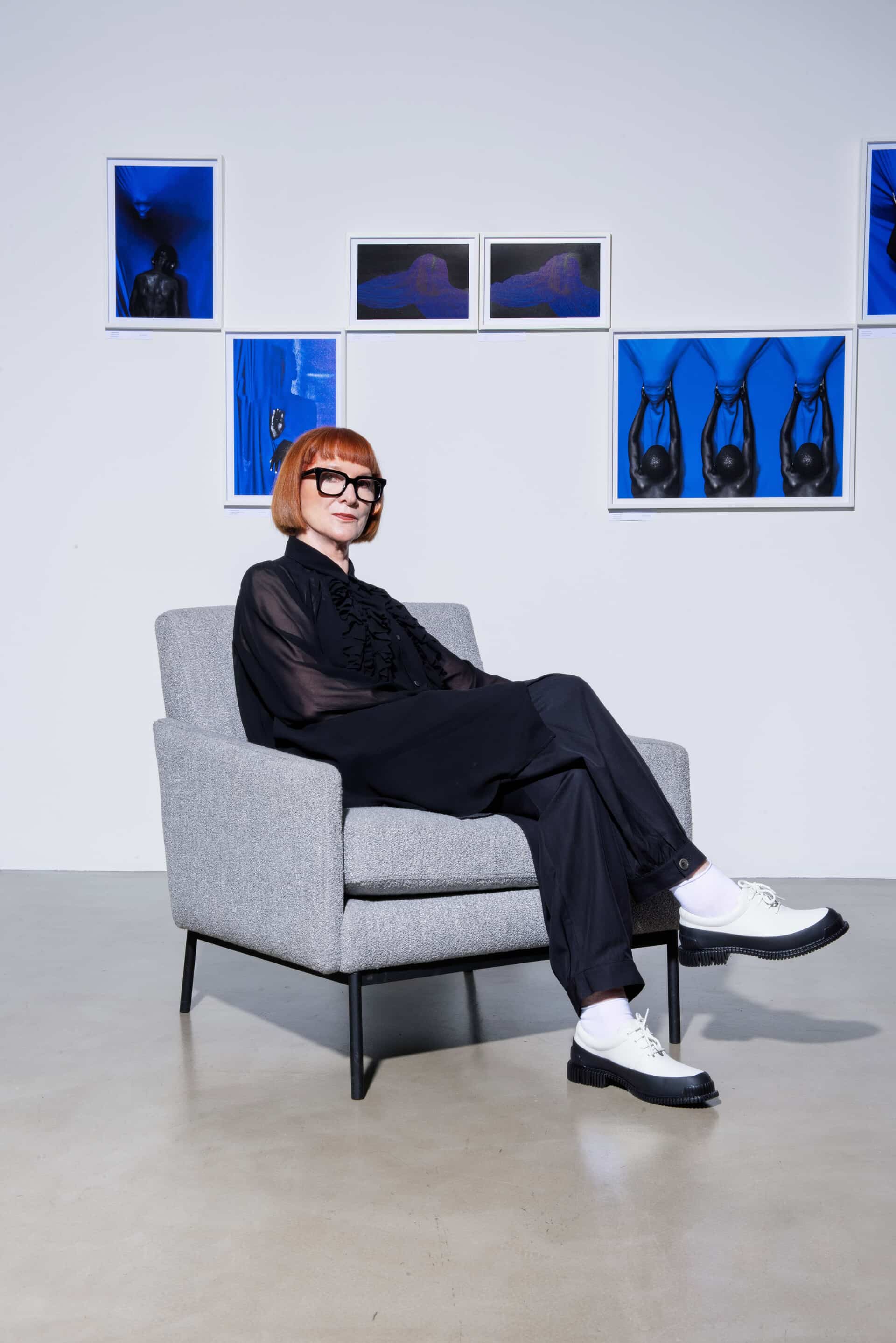

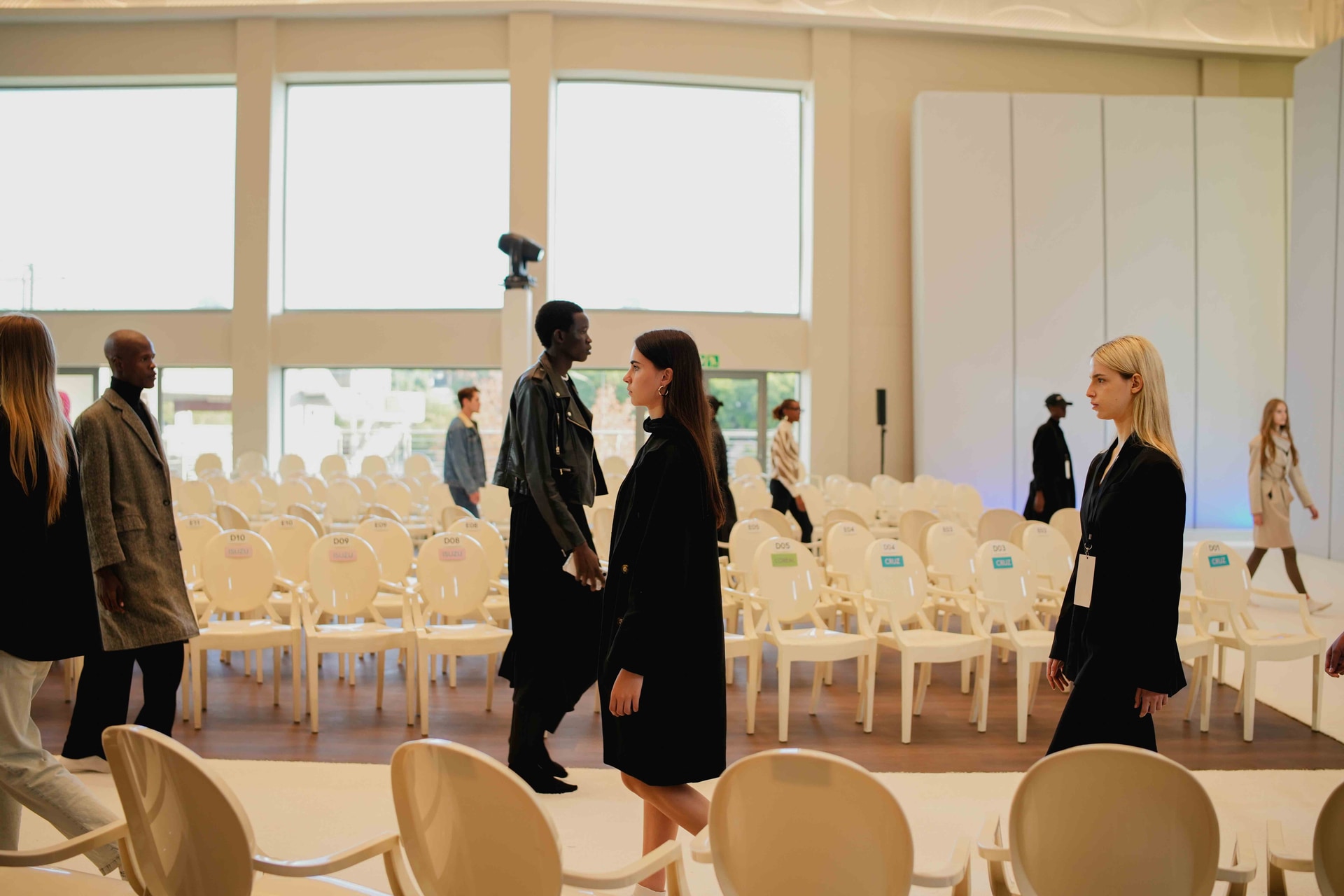
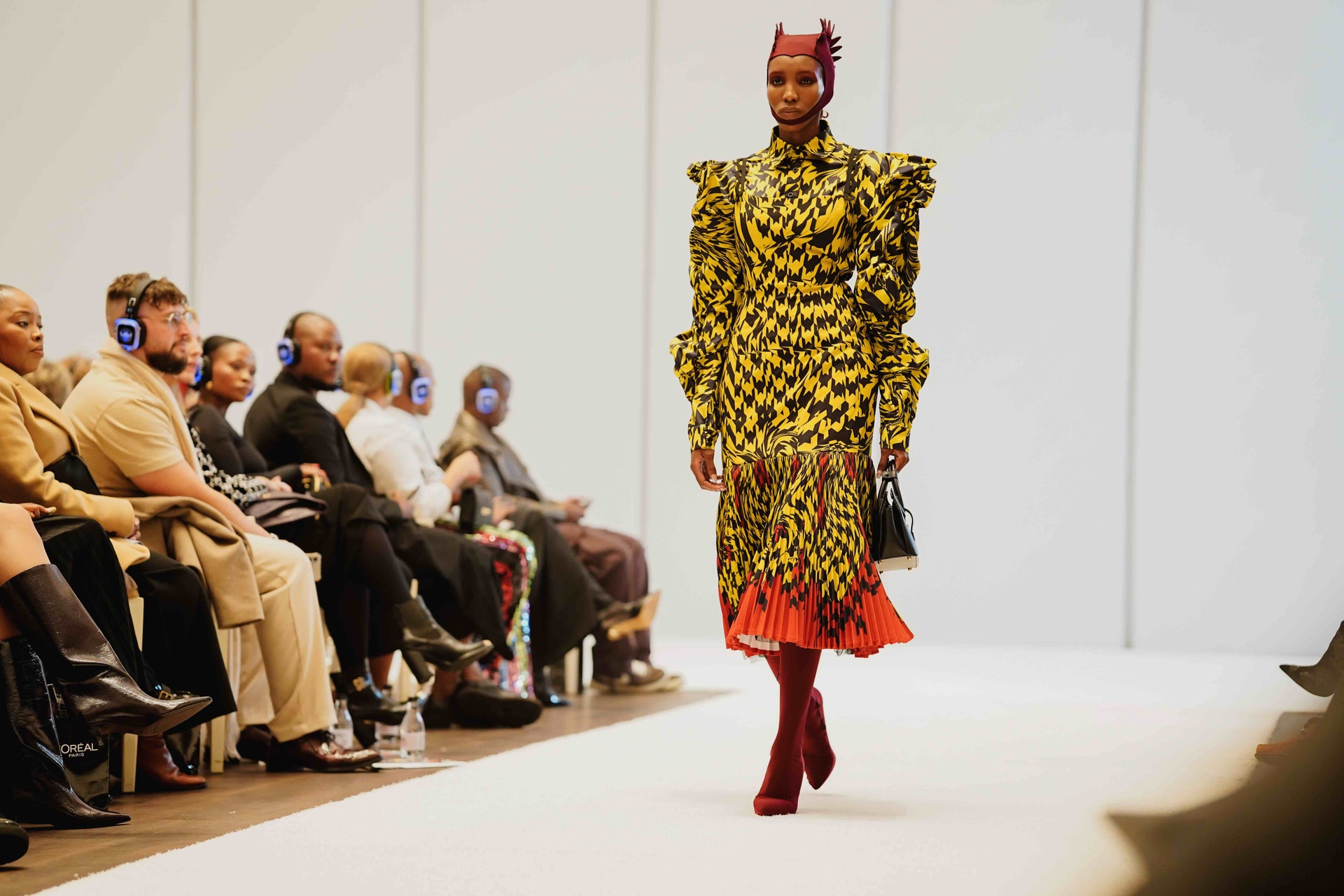
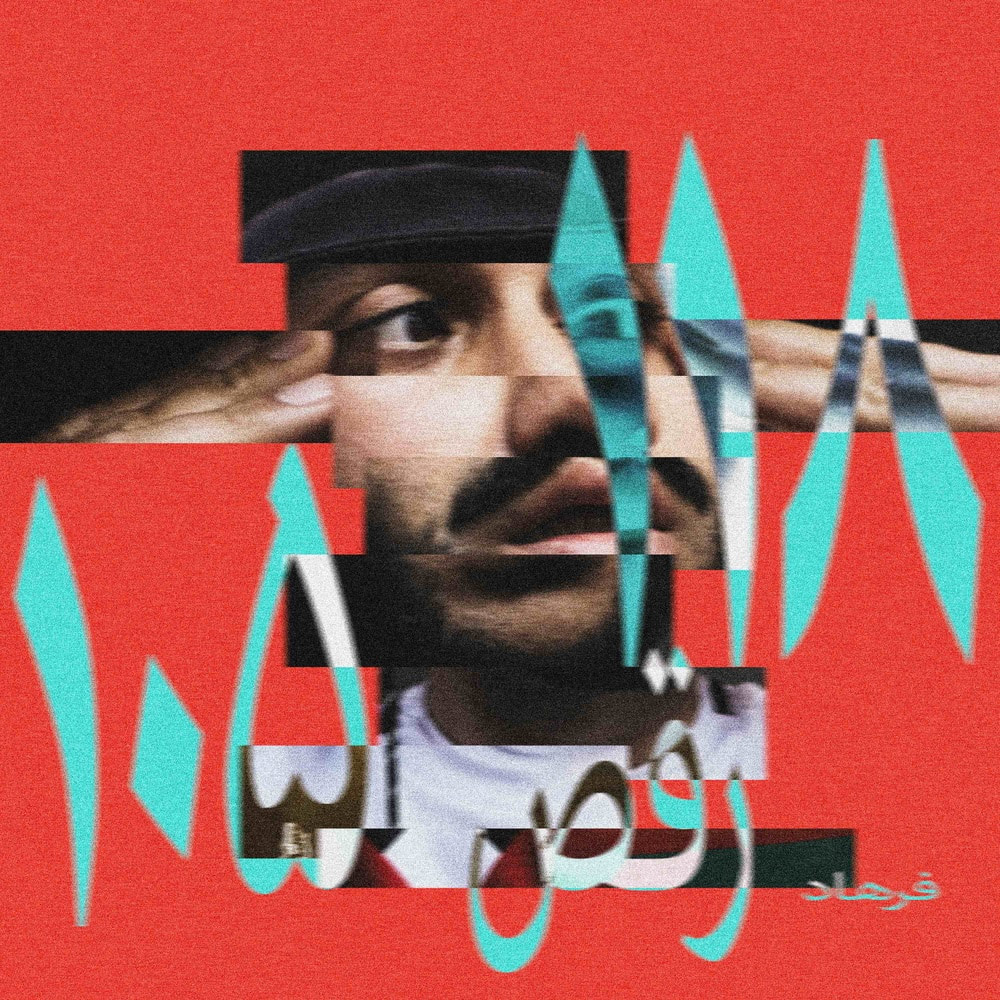
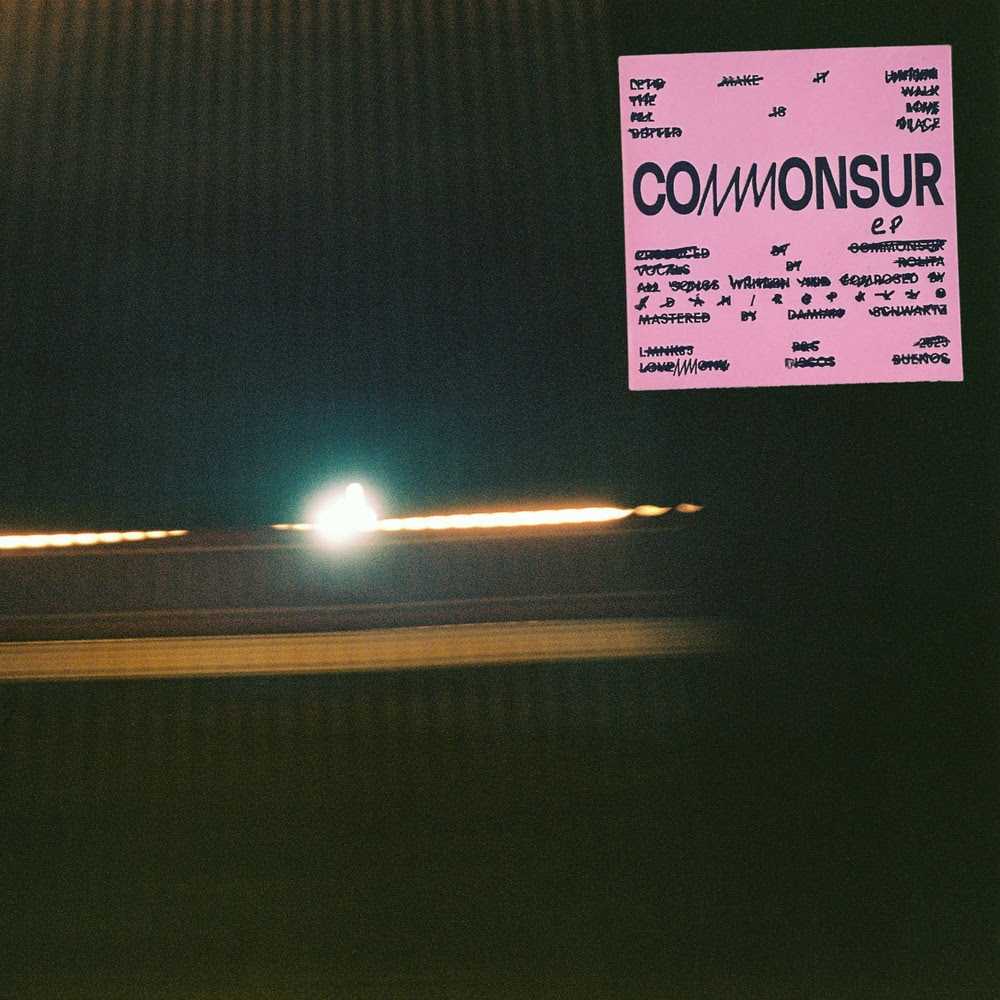
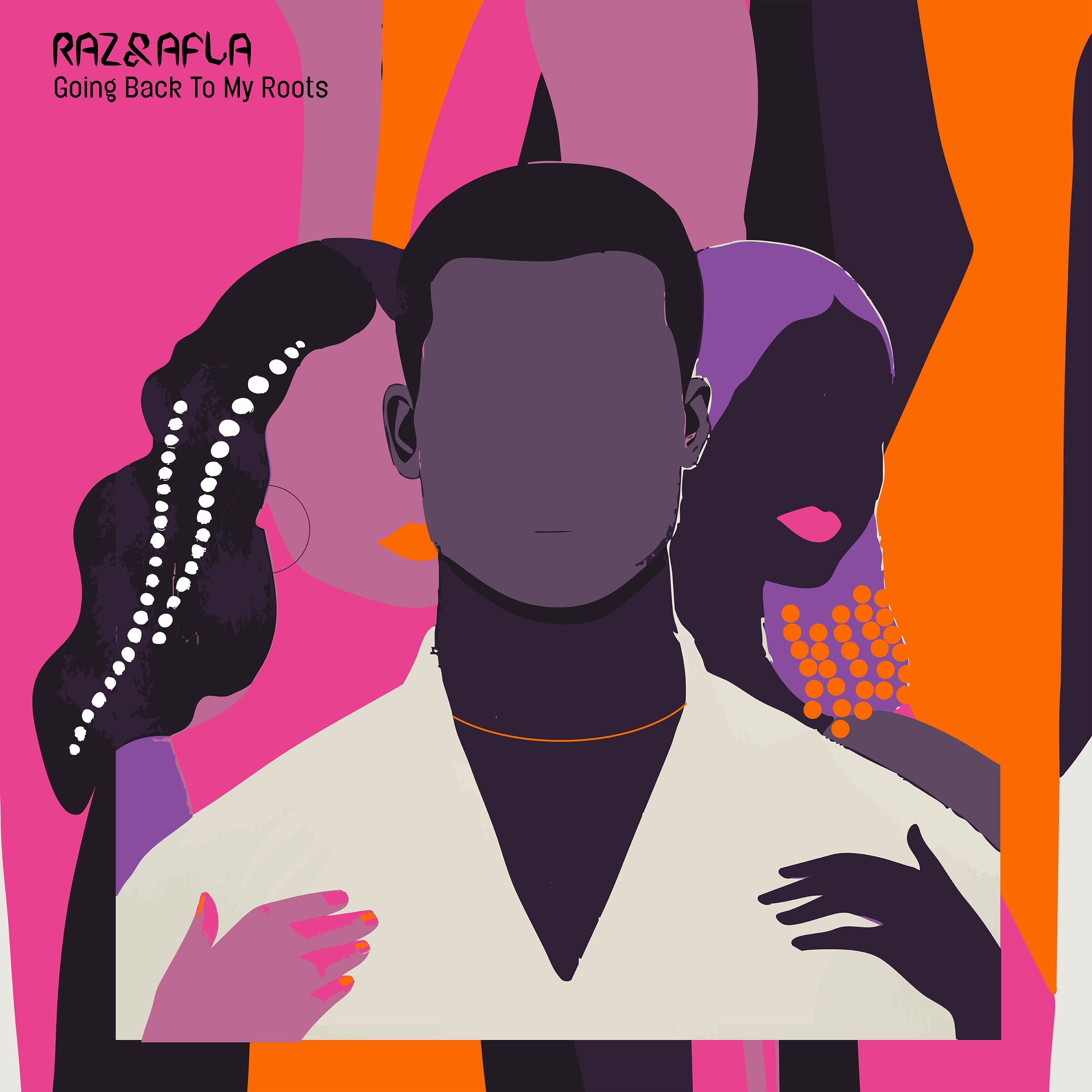
Recent Comments